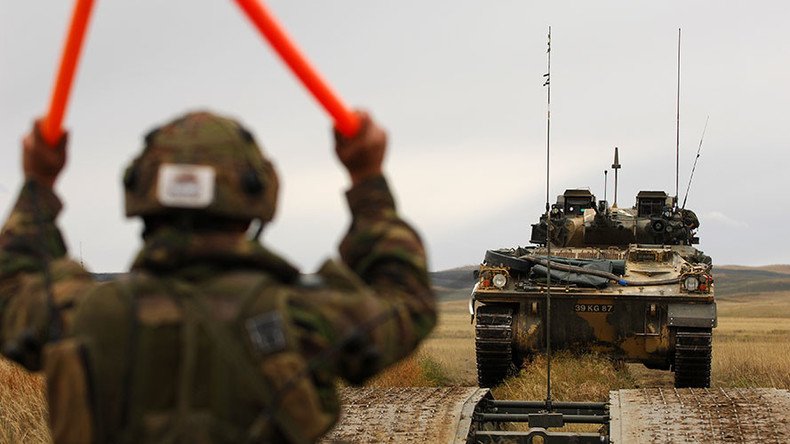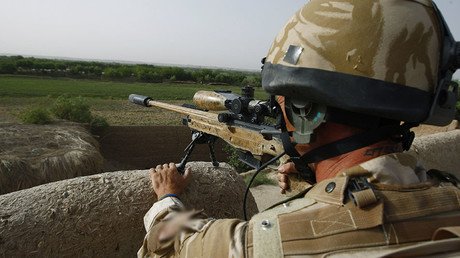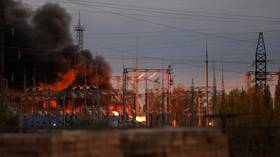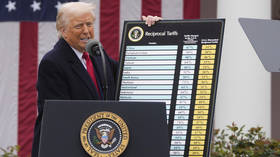British Army’s cold-weather training latest target of military cost-cutting

The British Army’s regular training exercises in Canada may be cut as the military looks to make up to £1 billion (US$1.25 billion) in savings.
The army is considering how the use of British Army Training Unit Suffield (BATUS) in Canada can be reduced to make the savings.
Major annual and pre-operational exercises have been carried out on the vast plains of BATUS for decades, usually involving infantry and armored units.
The reductions are part of a calculation by the Ministry of Defence (MoD) which seems to have settled on the idea that a reduction in infantry forces means more money can go to major projects like jets and aircraft carriers.
“The army has been told that they have to save money in-year [sic] and the only way they can do that is to stop training,” one defense source told the Times.
The months-long exercise in Alberta is said to cost around £10 million annually and involves an entire battle group of over 1,000 troops and hundreds of vehicles.
An MoD spokesperson said that the final decision on the cuts had not yet been made.
Also facing the chop are 200 Royal Marine Commandos who, it is rumored, will be phased out and not replaced as they retire.
This has led to a fear that not only the Corps but the Special Forces (SF) could be affected given that the 3 Commando Brigade contributes almost 50 percent of SF personnel.
When the cuts were originally reported in early April, a former senior navy officer told the Times: “You have got a straight knock-on between the Royal Marines and special forces.”
“As soon as you start hooking those out, you are taking the population from which half of the national SF badge is recruited. What then happens to the top end of defense?” he asked.














